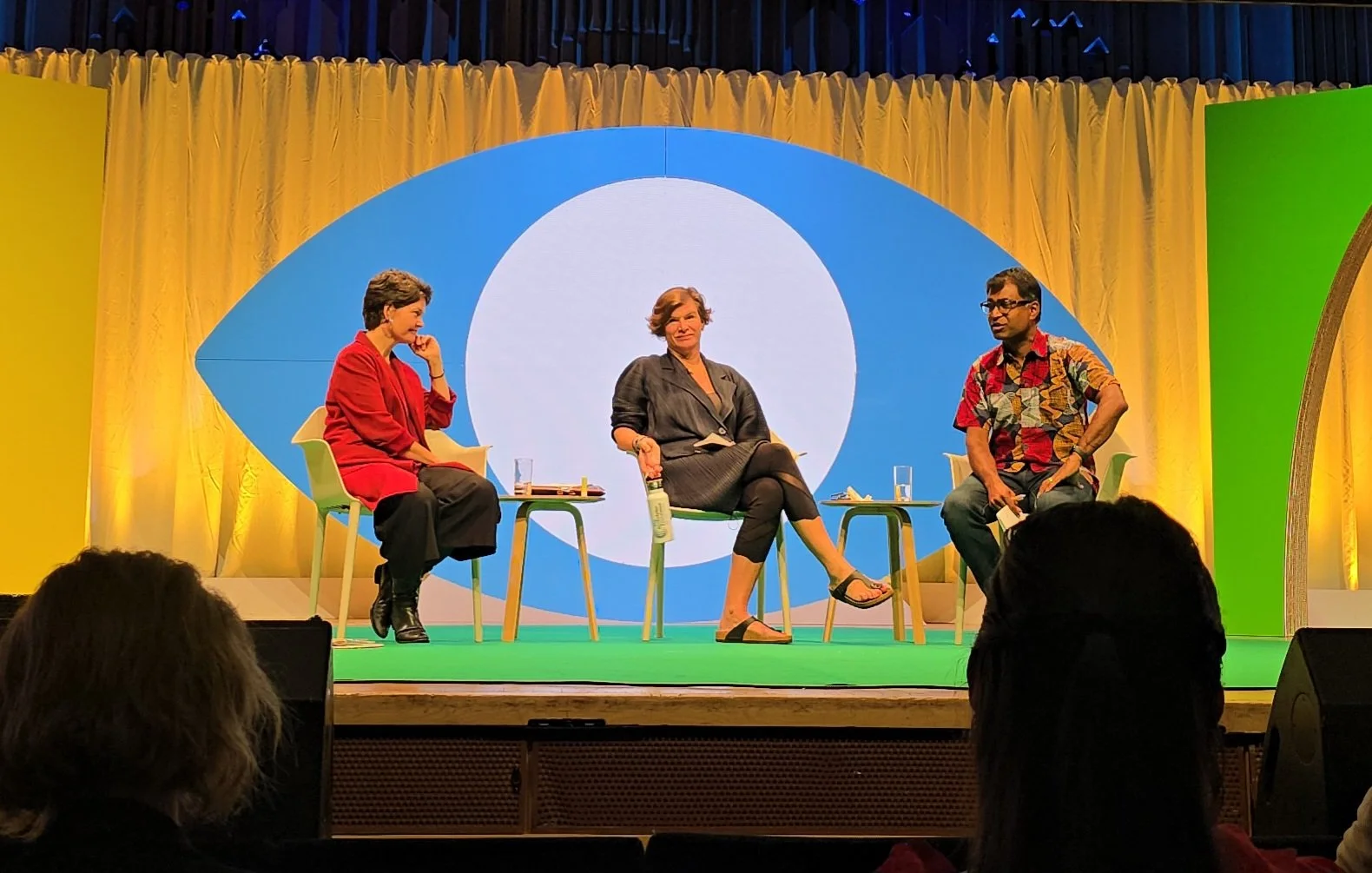Design for Planet: What the 2025 World Design Congress Taught Us (And Demands of Us)
“Why is it called Earth?
When most of it is Ocean?”
For the first time since 1969, London has reclaimed the global stage in design. The World Design Organization (WDO) in partnership with the UK Design Council chose London as the host city for the 34th World Design Congress, 9-11 September 2025, bringing together over 1,200 thinkers, makers, and policy makers under the theme “Design for Planet.”
The Design Council - whose mission has long included placing the planet’s needs at the heart of design - led the bid, with support from UKRI, GLA, the Mayor’s office and national cultural bodies. Speakers included luminaries like Lord Norman Foster, Thomas Heatherwick, Marianna Mazzucato, Lord Deben, Brian Eno, and Julia Watson.
Lessons from the Congress: Bold Provocations and Hard Truths
1. Design, not just for human life, but for all life
We talk a lot about people-friendly places and human-centered design? Should design only be human-centred? What about nature? What about other life forms? What if we repositioned places to be life-centred, or nature-centred?
This shift is essential. Places can no longer be designed for what they offer humans. They must also define how they coexist with other life forms, the soil, air, and water.
It’s why we help places build identity with meaning, because place design and identity is no longer just about livability; it’s about regeneration.
Minnie Moll on stage at World Design Congress
2. The economy is designed. Therefore it can be redesigned.
Leading economists Mariana Mazzucato, from UCL and Kate Raworth, author of Doughnut Economics laid it bare: endless growth is not viable. There is enough endless orgy of capital greed that must be stopped. The cost of business as usual
The current economy is designed for capitalism, not for life.
Designers today hold a phenomenal opportunity - to redesign economies for health, care, and humanity.
(L-R) Kate Raworth, Mariana Mazzucato, and Danny Sriskandarajah on stage at the World Design Congress
3. The present is dead. Design for the future.
We no longer have the carbon budget or luxury of time to delay a green transition.
Indy Johar from Dark Matter Labs painted the stark reality of what the future will look like when the temperature rises. Lack of food security, destabilisation of water supply, massive energy inequalities, unviable mineral extraction, climate shocks, and lack of viable housing owing to lack of viable land to build will become the new normal.
These are no longer abstract concepts. They will become our everyday realities.
Indy's plea to designers was:
Design for the future.
The present is dead.
The future is demanding a different reality.
Indy Johar on stage at the World Design Congress
4. Regulate the desired outcome, not the technology
Lord Deben and Angela Hultberg from Kearney talked about designing policy for climate action.
Angela urged policymakers to regulate the desired outcome and not a specific technology. She highlighted how the policy to ban single use plastic led to the manufacture of alternative products in the market that were more carbon intensive, leading to an undesirable outcome. Similarly, we cannot enforce the transition of all vehicles into electric vehicles, unless the charging infrastructure is built in the first place.
Lord Deben's message was to make sustainability easy, affordable and accessible to everyone. To win over hearts and minds, speak to people in a language that they can understand.
(L-R) Angela Hultberg, Fiona Harvey, and Lord Deban on stage at the World Design Congress
5. Design for a return on tomorrow, instead of a return on investment.
On the Design for Good Panel, Teman Evans from General Mills emphasised that design is a collaborative act. None of it matters if we are not collaborators first. Terry Behan from Nedbank reminded us that no company can succeed in an unsuccessful society.
Teman urged us to design for a return on tomorrow, instead of ROI. The cost of inaction is far greater than the cost of inaction. Be curious. Take time to understand diversity and the communities that we serve.
Give nature a voice was Cecillia Brenner's closing call to action. We are part of and interconnected with nature - think about how to do less harm and begin to be regenerative.
The Design for Good panel demonstrated various projects around the world creating real world impact and not just ‘design theatre’. Look them up. They are worth your time.
(L-R) Ben Sheppard, Teman Evans, Ximena O’Reilly, Terry Behan, and Cecillia Brenner on stage at the World Design Congress
6. Listen to Ancestral Voices
Julia Watson’s talk was perhaps the most poetic.
What will happen if we truly listen to water?
What if cities carried ancestral memory?
What if we designed by listening to water, using Lo-TEK tools and ancestral wisdom?
Imagine designing cities with ancestral memory with the tools, wisdom, and knowledge of our ancestors.
How will your city remember?
That is the heart of storytelling in placemaking. A place’s identity isn’t invented; it’s remembered and reimagined. Cities are living archives. Our job is to ensure those voices don’t get erased in the rush to market the new.
Julia Watson on stage at the World Design Congress
What you can put into action today:
1. Re-map your portfolio: “Design for Planet,” with the planet as your client. Treat the ecosystem as stakeholder - soil, air, biodiversity, water.
2. Ask hard questions with every brief: Who benefits? What is the lifecycle cost? What is the materiality? What is the legacy? Advocate for green design; push for green infrastructure (material supply, reuse, repair, lifecycle support).
3. Build your ecosystem: As Brian Eno put it , “find the others”. Collaborate across sectors—science, policy, ecology, local community—for more resilient place futures. Commit to learning, mentoring, investing in skills.
4. Measure impact: Carbon, biodiversity, social equity, not just visual output or reach. Find ways that your projects contribute to capacity building—not just one-offs, but legacy.
5. Tell the messy stories: Failures, trade-offs, compromises. Show your values, your vulnerabilities. That’s how leadership builds trust.
Final Thought: Design must demand consequence
The World Design Congress 2025 showed that design can be used as a force for good. However inaction has consequences. What consequences are you willing to accept? What legacies do you want to leave? Because every object, every identity, every place you help tell stories about is part of the future.
Audit your current projects. Pick one deliverable (a material, a narrative, a process) and ask: does this support life beyond human benefit? If not, rework it. Start small but with purpose.
Design isn’t a luxury - it’s a responsibility. That branding and marketing are not just tools for image - they are tools for change. And that creative agencies, placemakers, storytellers have more power than you might think. Use it.
At Concept Culture, we believe that placemaking, storytelling, place branding, and place marketing are not surface-level strategies—they are cultural infrastructures.
As a creative agency, we help places and brands design for legacy, not just visibility. The World Design Congress was a powerful reminder: design isn’t decoration, it’s how we imagine the future. And it’s time to imagine bravely.
Looking to craft a compelling story for your place?
Is your place telling the right story - or any story at all?
Concept Culture is the creative agency helping developers, councils, and urban designers lead with place marketing, place branding, and place storytelling that drives investment and builds pride.
From strategy to content creation, we turn places into destinations.
Let’s talk. - https://www.conceptculture.co/contact






